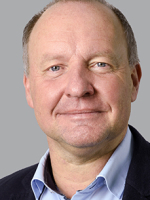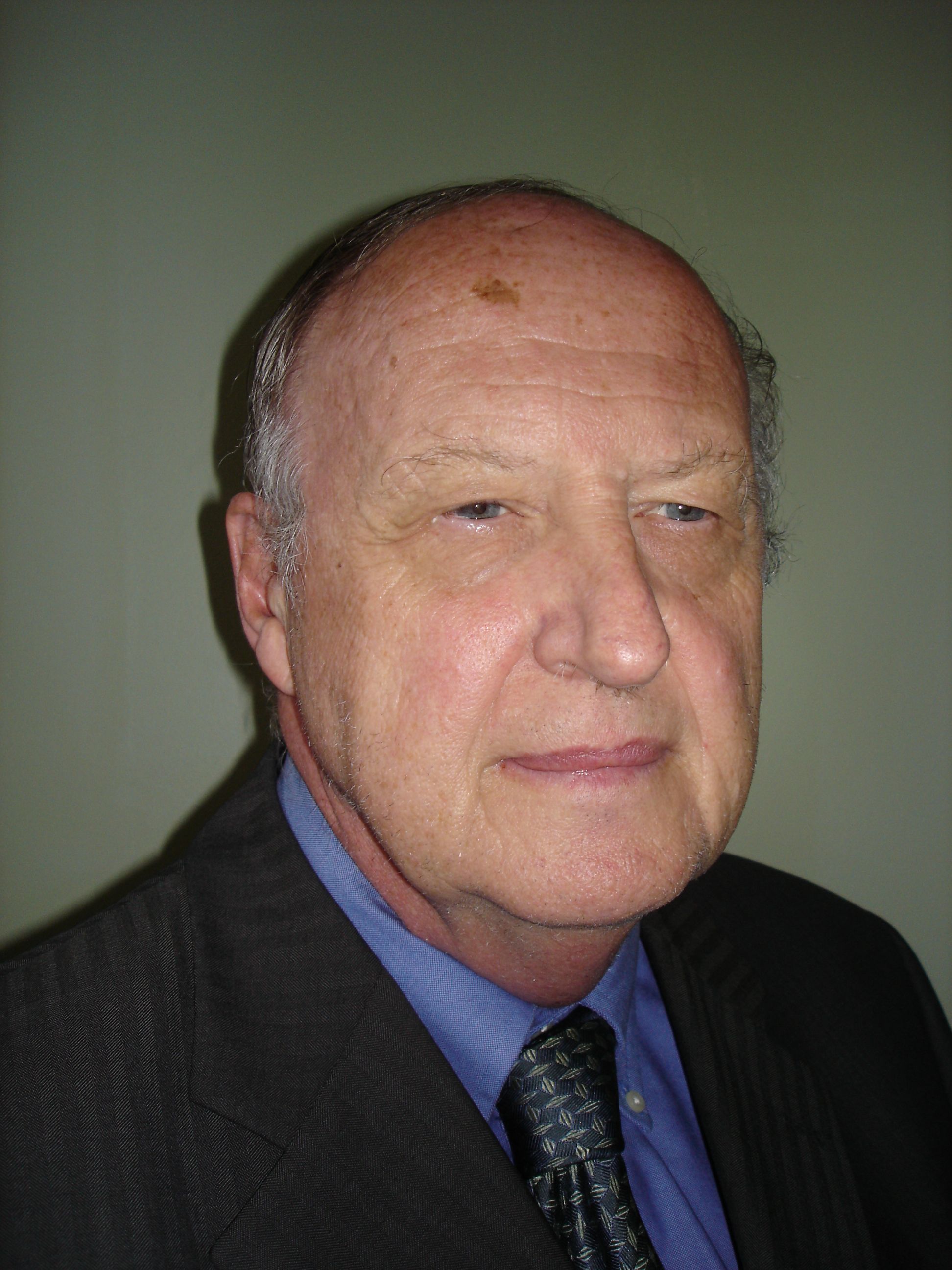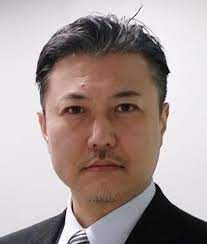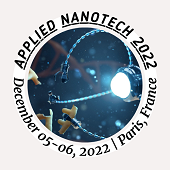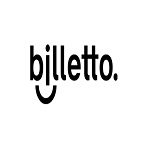Sessions & Tracks
Track 1: Nanomedicine & Nanobiotechnology
Nanomedicine can be defined as medical application of nanotechnology. Nanomedicine ranges from the medical applications of nanomaterials and biological devices, Nano electronic devices & biosensors and possible future applications of molecular nanotechnology. Nanomaterials can be functionalized to interface with biological molecules & structures as the size of nanomaterials is comparable to most biological molecules and structures. Nanomaterials can be useful for both in vivo and in vitro biomedical research and applications and integration of nanomaterials with biology has led to the development of advanced diagnostic devices, physical therapy applications, analytical tools, contrast agents and drug delivery vehicles. Nanomedicine strives for delivering valuable set of research tools & clinically useful devices and its industry sales reached $19 billion in 2017, with an average of $3.8 billion investment in nanotechnology R&D every year and increase of 52% per year global funding for emerging nanotechnology.
Track 2: Nano-Electronic Devices and Micro/Nano systems
Nanoelectronics hold a few responses for how we may build the capacities of gadgets while we lessen their weight and control utilization. Enhancing show screens on gadgets. This includes lessening power utilization while diminishing the weight and thickness of the screens. Specialists are adding to a kind of memory chip with an anticipated thickness of one terabyte of memory for each square crawl or more prominent. Lessening the measure of transistors utilized as a part of coordinated circuits.
Track 3: Micro/ Nano-fabrication, Nano patterning, Nano Lithography & Nano Imprinting
Nanofabrication is the configuration and production of gadgets with measurements measured in nanometers. One nanometer is 10 - 9 meters, or a million of a millimeter. Nanofabrication is of enthusiasm to PC engineers since it opens the way to super-high-thickness microchip s and memory chip s. It has been recommended that every information bit could be put away in a solitary iota. Conveying this further, a solitary molecule may even have the capacity to speak to a byte or expression of information. Nanofabrication has additionally gotten the consideration of the restorative business, the military, and the avionic business.
Track 4: Computation, Simulation & Modeling of Nanostructures, Nano systems & Devices
Functional Nano-scale structures frequently involve quite dissimilar materials which are difficult to characterize experimentally and ultimately be assembled, controlled, and utilized by manipulating quantities at the macro-scale a combination of features which puts unprecedented demands on theory, modelling and simulation.
Track 5: Bio-Nanomaterials and Biomedical Devices, Applications
The science and innovation of Nanomaterials has made awesome energy and desires in the most recent couple of years. The following decade is liable to witness significant steps in the arrangement, characterisation and abuse of Nanoparticles, Nanowires, Nanotubes, Nanorods, Nanocrystals, Nanounits and their congregations.
Track 6: Nanotechnology & Energy
Research into hydride materials for vitality applications commonly concentrates on upgrading gravimetric capacity thickness and particle transport of the materials. Then again, the necessities for stationary applications, for example, power devices can be essentially diverse and manageable to a more extensive class of potential materials. Various geophysical and social weights are driving a movement from fossil fills to renewable and practical vitality sources. To impact this change, we should make the materials that will bolster new vitality advances. Sun oriented vitality is the most extreme need to create photovoltaic cells that are productive and financially savvy.
Track 7: Nanotechnology Environmental Effects and Industrial Safety
As nanotechnology is advancing, so is the extension for its business development. The extensive variety of potential items and applications gives nanotechnology its tremendous development prospects. It has been estimated that the worldwide nanotechnology industry will develop to reach US$ 75.8 Billion by 2020. In such a situation, tremendous open door lies for industry members to tap the quickly developing business sector. Significant contributions are expected to environmental and climate protection from Nanotechnological products, processes and applications are expected to by saving raw materials, energy and water as well as by reducing greenhouse gases and hazardous wastes. Usage of nano materials promises certain environmental benefits and sustainability effects.
Track 8: Nanometrology
Nanoscience and Molecular Nanotechnology are the new outskirts of science and innovation in Europe and around the globe, working at the size of individual particles. Top researchers and in addition policymakers overall acclaim the advantages it would convey to the whole society and economy: a large portion of them demand the key part research would play in the quality creation procedure to create exploitable arrangement of innovations by the European business prompting a decision of remarkable applications, items, markets and productive income sources.
Track 9: Material Science and Engineering
Materials sciences have played a key role for the development of mankind. It is a discipline which deals with the discovery and design of new substances. Material science and Engineering improve materials for new applications. Materials Science and Engineering inspects how variations in the structure of a material impact its properties. Materials science still consolidates components of material science and designing.
Track 10: Nanotechnology in Water Treatment
Nanotechnology refers to a broad range of tools, techniques and applications that simply involve particles on the approximate size scale of a few to hundreds of nanometers in diameter. Particles of this size have some unique physicochemical and surface properties that lend themselves to novel uses. Indeed, advocates of nanotechnology suggest that this area of research could contribute to solutions for some of the major problems we face on the global scale such as ensuring a supply of safe drinking water for a growing population, as well as addressing issues in medicine, energy, and agriculture.
Track 11: Pharmaceutical Nanotechnology
The field of pharmaceutical nanotechnology provides an insight into the study of synthesis, characterisation and diagnostic application of materials at the nanoscale. The particular interest within the field is synthesis, characterisation, biological evaluation, clinical testing and toxicological assessment of nanomaterials as drugs for various diseases. Nanotechnology is the science which deals with the processes that occur at molecular level and of nanolength scale size.
The major studies in the nanotechnology include nanosized particles, their function and behaviour with respect to other systems. The tremendous capabilities of nanoparticles have changed the perspective and scope of nanotechnology towards development into an adjuvant field for the remaining fields of life sciences.
Track 12: Advanced Materials and Functional Devices
This is The Creation of Advanced Materials at The Molecular or Nuclear Measure for the reason for propelling innovation, growing further effective items, making novel assembling advances, or enhancing the human learning. The capacity to rapidly and dependably set out numerous conductive layers with ultrafine determination has prompted the scaling down and minimal effort of most microelectronic parts. Practical Devices has set up itself as a pioneer in the HVAC, Building Controls, Energy Management, Energy Savings, Lighting Controls, and Wireless enterprises.
Track 13: Engineering Materials
The Materials used for Manufacturing of engineering products are termed engineering materials. These engineering materials are the backbone of all engineering products. The design, manufacturing, commercialization and performance of any engineering products are basically depends on the material being used for that product.
Track 14: Composite Materials
A materials structure made out of no less than two physically one of a kind stages whose mix produces add up to properties that are not the same as those of its constituents. Composites can be incredibly strong and solidified, yet light in weight, so extents of value to weight and solidness to weight are a couple of conditions more essential than steel or aluminum.
Track 15: Magnetism & Multiferroism
Attraction is one part of the joined electromagnetic drive. It alludes to physical wonders emerging from the compel brought about by magnets, protests that create fields that draw in or repulse different items. The blend of a few ferric arranges in a similar material, instituted under the term of Multiferroism as of late gotten a great deal of consideration.
Track 16: Optical Materials and Plasmonics
The Diligence of Optical Materials is to give a technique for correspondence and development trade among researchers who are careful in materials for potential contraption applications. Plasmonics is the examination of the joint effort between electromagnetic field and free electrons in a metal.
Track 17: Energy and Harvesting Materials
The examination of imperativeness gathering materials is experiencing remarkable improvement and pulling in colossal premium. Abusing starting late picked up dreams into the real instruments and benchmarks of photosynthesis, it is by and by possible to mold absolutely new and specific sub-nuclear materials and devise fake photosystems and applications for remote from routine sun based cell development.
Track 18: Nanotechnology-Basics to Applications
Nanotechnology is the coordinated effort of the physical science, chemistry, biology, computer and material sciences incorporated with designing entering the nanoscale. This implies science and building concentrated on making the particles things and gadgets at the nuclear and atomic scale. The Study of the Controlling of Matter on an atomic and sub-nuclear scale. Generally Nanotechnology Deals with Structures Sized between 1 to 100 Nanometre in no short of what one Dimension, and incorporates making or changing materials or devices inside that size.
Track 19: Nano Materials
Nanomaterials are foundations of nanoscience and nanotechnology. Nanostructure science and advancement is a sweeping and interdisciplinary space of imaginative work improvement that has been winding up brutally worldwide in the recent years. It has the potential for changing the courses in which materials and things are made and the range and nature of functionalities that can be gotten to.nano materials, nano one materials, nano structured materials, properties of nano material, nanoscale, nanoscale engineering
Track 20: Nano Structures
Nanostructured Materials (NsM) are Advanced materials with a microstructure the trademark length size of which is on the request of a couple (routinely 1– 10) nanometers. NsM might be in or far from thermodynamic concordance. Nanostructured Materials joined by supramolecular science are occasions of Nanostructured Materials in thermodynamic assention. Nanostructured Materials containing nanometer-sized crystallites (e.g. of Au or NaCl) with various crystallographic introductions or possibly fabricated indications are far from thermodynamic friendliness.
Track 21: Properties of Nano Materials
Nanoparticles are striking because of their tremendous surface area and these principles the duties made by the little heave of the material. Zinc oxide particles have been found to have better UV blocking properties contemplated than its mass substitute.
Track 22: Carbon Nanostructures and Graphene
Carbon is immovably connected with about all that we oversee in a general timetable. Due to its remarkable properties, for instance, high robustness at normal conditions, differing hybridizations, strong covalent bond game plan and straightforward of blends advancement, carbon has been a state of consistent excitement for a couple of districts. A nanostructure is a structure of fair size among minute and nuclear structures. Nano structural detail is microstructure at nanoscale.
Graphene is an allotrope of carbon as a two-dimensional, atomic scale, hexagonal cross segment in which one particle shapes each vertex. It is the basic helper segment of various allotropes, including graphite, charcoal, carbon nanotubes and fullerenes. It can moreover be considered as an uncertainly significant sweet-noticing iota, an authoritative occurrence of the gathering of level polycyclic fragrant hydrocarbons.
Track 23: Spintronics
Spintronics is the usage of a basic property of particles known as turn for information planning. From various perspectives, spintronics is undifferentiated from contraptions, which rather uses the electrical charge on an electron. Passing on information in both the charge and turn of an electron perhaps offers contraptions with more imperative contrasts of handiness.A
Track 24: Nanoparticle Synthesis and Applications
Nanoparticle blend alludes to techniques for making nanoparticles. Nanoparticles can be gotten from bigger atoms, or blended by 'base up' techniques that, for instance, nucleate and develop particles from fine sub-atomic appropriations in fluid or vapour stage. Blend can likewise incorporate functionalization by conjugation to bioactive particles.
Nanoparticles have one estimation that measures 100 nanometres or less. The properties of various conventional materials change when moulded from nanoparticles. This is routinely in light of the way that nanoparticles have a more important surface range per weight than greater particles which make them be more receptive to some unique iotas.
Market Analysis
Nanotechnology Market 2020-2025
The global nanotechnology market was valued at $1,055.1 million in 2018, and is projected to reach $2,231.4 million by 2025, growing at a CAGR of 10.5% from 2020 to 2025. Nano science and nanotechnology are the study of nanoparticles and devices, which find their application across all the science fields such as chemical, bio-medical, mechanics, and material science among others. Nanotechnology market encompasses the production and application of physical, chemical, and biological systems and devices at scales ranging from individual atoms or molecules to around 100 nanometers.
Nanotechnology carries a significant impact, and serves as a revolutionary and beneficial technology across various industrial domains, including communication, medicine, transportation, agriculture, energy, materials & manufacturing, consumer products, and households. Emerging use cases and application is expected to be one of the key factors contributing towards the growth of nanotechnology market size. The U.S. National Nanotechnology Initiative has estimated that around 20,000 researchers are working in the field of nanotechnology. For the UK, the Institute of Occupational Medicine has estimated that approximately 2,000 people are employed in new nanotechnology companies and universities where they may be potentially exposed to nanoparticles.
Emergence of self-powered nanotech devices
A Nano system is composed of not only Nano devices but also Nano power source (Nano battery). For any system to be self-sufficient, it must harness its energy from its surrounding environment and store this harnessed energy for later use. Thus, researchers working in the field of nanotechnology aim to design self-powered Nano systems that exhibit ultra-small size, super sensitivity, extraordinary multi-functionality, and extremely low-power consumption. These systems will be applicable in sensing, medical science, defence technology, and personal electronics.
It is extremely important for wireless devices and implanted biomedical devices to be self-powered without using battery. This is attributed to the fact that power source is crucial for independent, sustainable, and continuous operations of implantable biosensors, ultrasensitive chemical & bimolecular sensors, Nano robotics, micro-electromechanical systems, remote & mobile environmental sensors, homeland security, and portable electronics. Thus, the near future is anticipated to witness the integration of multifunctional Nano devices into a Nano system so that it can function as a living species with capabilities of sensing, controlling, communicating, and responding. All these factors add traction to the market and are expected to offer lucrative opportunities for the expansion of the nanotechnology market globally.
Key Benefits for Nanotechnology Market:
-
This study includes the analytical depiction of the global nanotechnology along with the current trends and future estimations to determine the imminent investment pockets.
-
The report presents information regarding the key drivers, restraints, and opportunities.
-
The current market is quantitatively analysed from 2018 to 2025 to highlight the financial competency of the industry.
-
Porter’s five forces analysis illustrates the potency of the buyers and suppliers in the industry.
